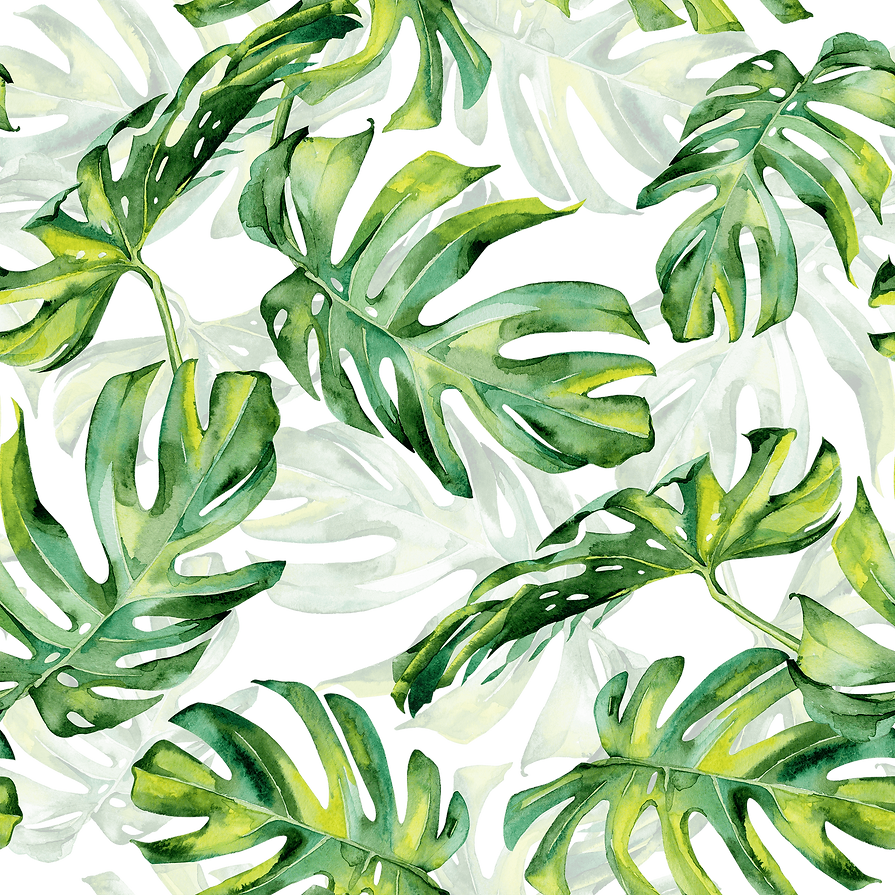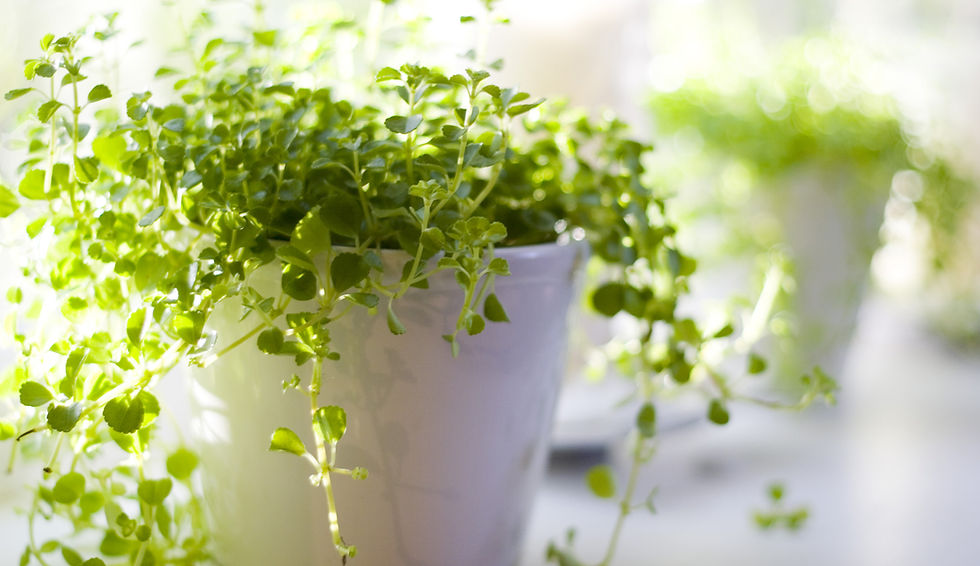

PLANT LOVIN'
Four Things
These are the 4 things all plants need: adequate light, water, nutrients (to a lesser extent in the form of fertilizers), and let's not forget, lots of LOVE.

General Care
Trim off wilted/rotten leaves regularly to ensure they’re at their maximum beauty and health. To promote future blooms, dehead (cut off) flowers when they dry up.

DIRECT SUN
Direct sunlight for the majority of the day (>6hrs), including a good deal of that toasty midday sun (~12pm).
Hover your hand where the light hits, shadow should be definite and heavily contrasted.
PARTIAL SUN
Ensure a full dose of the morning or afternoon's direct sun, and indirect (reflected) light for the rest of the day.
Hover your hand where the light hits, shadow should be visible but not as definite than in direct sun.
SHADE LOVING
A pinch of direct sunlight (1-2hrs), and indirect/filtered sunlight, or bright indoor lights for the rest of the day.
Hover your hand where the light hits, shadow should still be visible but faint.



Eg: Open-air spaces...



Eg: Window-sides...



Eg: Well-lit indoor areas...
Plants can persist within a range of of conditions.
Don't be too stressed out about the details... unless you're doing the extreme opposite. Play around with the filters on our plant pages, it'll automatically filter the plants according to light requirements. It's that easy!
Feel free to ask us questions if you still have doubts!
LIGHT





WATER
Water recommendations on our plants are general consumptions patterns you can follow.
But, external circumstances may mean less water is required.
E.g. If the area is more humid, cooler, or your plant's pot doesn't have drainage holes,
water persists longer than usual, and you should adjust down accordingly.
Rules of Thumb (except for succulents):
Water when soil feels dry.
No drainage holes? Less than a quarter of the pot volume.
Drainage holes, yes? Water till it seeps out the bottom, clearing the excess.
The soil should feel moist, but not soggy.

What Kind Should I Use?

Nitrate rich for an extra lush burst of leafy green

Phosphorus rich spurs more fresh flowering blooms
FERTILIZER

Phosphorus & Potassium rich helps flowers get fruiting
A Little Goes a Long Way
A good gauge of the right amount will be around 5% of the soil surface area. Eg: 1/3 Tablespoon for a pot of 14cm diameter.

Going Organic?
It's a pleasure to eat what we grow. But want to be sure what goes onto your plate is organic? For edibles, you can use our Organic Fertilizer. A balanced amount of nutrients that is sufficient for promoting leafing, flowering, & fruiting!
... and too much?
Too much and you're playing with fire. Never over-fertilize, or you will burn and kill your plant :(
Fertilizer and Soil Enhancers.. Same thing?
Nope! They should be used concurrently for maximum benefits. Fertilisers are like the nutrients in the food we eat while Enhancers are like the tonics or even probiotic drinks that we indulge in for the extra "oomph!"
Fertilisers provide direct macro or micro-nutrients to your plants to achieve specific results such as flowering and to maintain robust growth in the long run.
Soil Enhancers focuses on strengthening your plant's ability to absorb and utilise the nutrients effectively as well as create a healthy eco-system of beneficial micro-organisms in the soil.

PARTIAL SUN
They thrive in bright partial sun.
(Eg: window/ corridor/ balcony).
When provided with a good amount of direct morning/ evening sun, their colours become more vivid as it stresses them out.
Although not as optimal, if they were to be placed on a office table with no sun at all, simply bring it to the window for some sun 2-3 days per week or place it under an indoor light source.

SUCCULENTS
ONCE A WEEK
Water thoroughly each time (water seep out from the bottom). Mimic the desert where there are heavy rains followed by prolonged droughts rather than constant light showers.
To prevent that is to first, invest in well draining growing medium like Akadama, Akadama Succulent Blend or Succulent Soil. It'll make your life easier as they boost drainage and aeration.
Succulents are prone to root rot if overwatered!
Next, control the frequency. Roughly once every 1-2 weeks. Water more frequently if your area is hot, but always remember the rule of making sure the soil dries up completely in between waterings. Use a syringe or Succulent Watering Bottle to AVOID wetting the leaves as water that don’t dry up fast enough may mar and rot the leaves.
STRESS EM UP
Succulents are fascinating! Their colours change with changes in their growing conditions. Tweak em and you'll feel as though you got yourself a new plant.
Diamonds are formed under pressure
Succulents too show their best side when they're stressed out.
For more vivid colors and well-rounded development, expose to sources of "good" stress:
-
Occasional extra dry conditions
-
Stronger doses of bright sun/ growlight
-
Colder temperatures
Don't get too excited and over do it :)
MORE TIPS
Pluck them off any wilting/ rotting parts, to prevent spread.
Fertiliser for succulents has to be slow-release - try Nutricote. A sprinkle of pellets, once a month.
Some varieties may be fussier with temperature such as Cotyledons, Ech Rainbows etc. Avoid extreme heat in the day. Consider moving them into air-con at night or invest in a small "cooler" fan.



PESTICIDE
Just like how we can fall sick sometimes, plants too are not immortal. They can fall sick through fungal diseases or pest attacks. Although falling sick is relatively rare; they are prone to such occurrences when they are weakened from poor growing conditions such as overwatering or having too little light. The first solution is to correct these conditions before resorting to "medicines and vaccines" in the form of fungicides and pesticides. Here at Chlorofeel, we believe in sustainable, organic and safe gardening; therefore we only stock organic versions.
Losing a War against Fungal
Building a Defence
Fungicides and Pesticides should be used systematically to create a bubble of protection, a deterrence to diseases and pests. It is the "kiasu" spirit in gardening.
Fungal diseases are hard to treat but they are easy to prevent with systemic use of fungicide. If your plant gets infected; isolate it, remove all affected parts to prevent spread. Finally, spray a coat pf fungicide on the plant and soil.
Fighting a War against Pests
Make it a Routine
Follow the recommended frequency as recommended by the pesticides/ fungicides. Otherwise, a rough gauge will be spray all over your plant and soil once every 2 weeks.
Argh those pesky mealybugs and their cronies. Thankfully, they're easy to rid off. Step by step..
-
Isolate the plant
-
Dip a cloth with organic pesticide and manually wipe off as much of the pests as possible
-
Coat the plant and soil surface with pesticide
-
Monitor for a week or so, repeat step 2 and 3 if pests are spotted again
